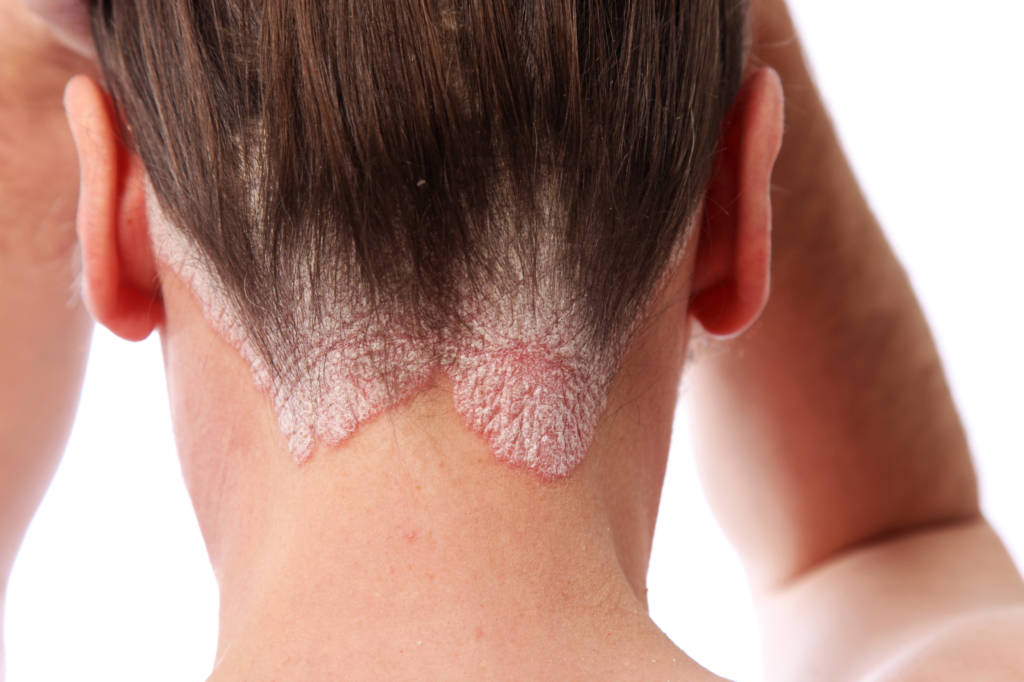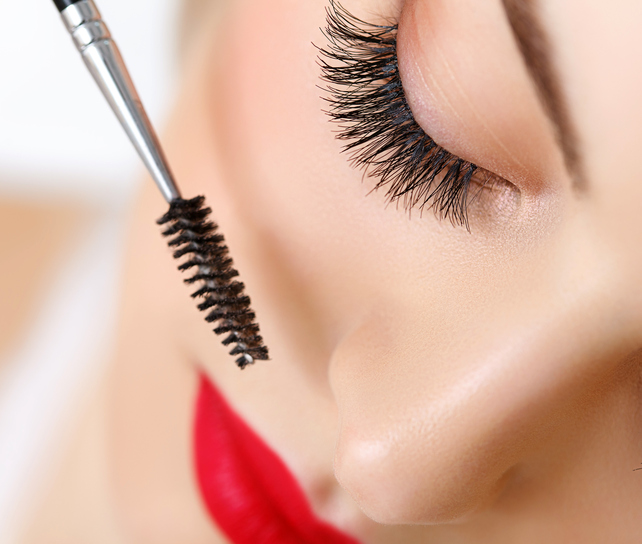Eating properly definitely helps your waistline and can help prevent chronic diseases such as high blood pressure and diabetes. Surprisingly, it can also greatly improve some forms of eczema.

What are the different types of eczema?
Eczema or dermatitis is a group of potentially chronic skin conditions which can affect people of all ages. There are many different types of eczema.
- Atopic eczema- most common form of eczema. There is no specific outside trigger which can cause bouts.
- Allergic contact dermatitis- Develops when the body’s immune system reacts against a substance in contact with the skin.
- Irritant contact dermatitis- This type of eczema is caused by frequent contact with everyday substances, such as detergents and chemicals, which are irritating to the skin.
- Infantile seborrheic eczema- also known as cradle cap, affects babies under one year of age. Does not cause discomfort and clears off in a few months.
- Adult seborrheic eczema- resembles a mild case of dandruff. May require anti-fungal cream if the condition becomes infected.
- Varicose eczema commonly affects the skin around ankles due to poor circulation. Can cause an ulcer if left untreated.
- Discoid eczema- appears suddenly as a few coin-shaped areas of red skin, normally on the trunk or lower legs. They become itchy and can weep fluid. Usually treated with emollients and steroid creams if necessary.






